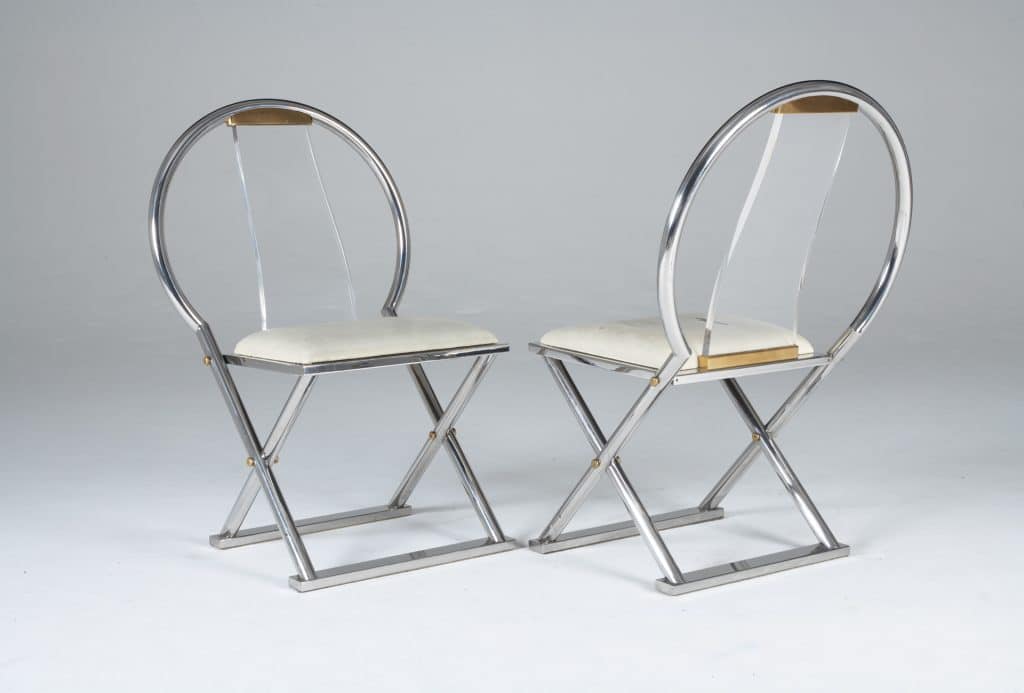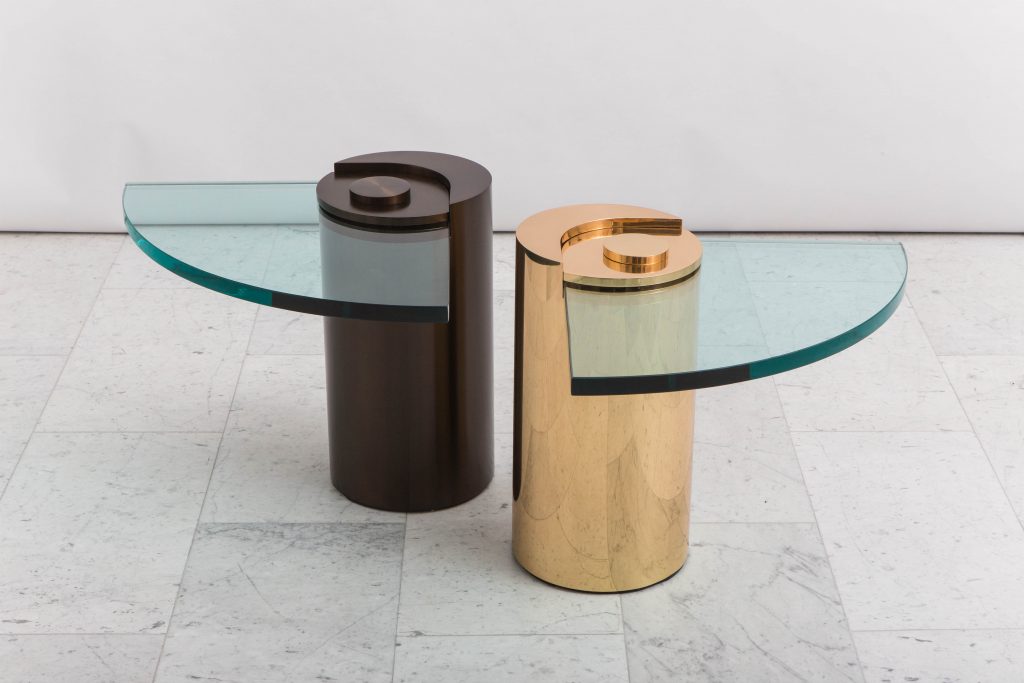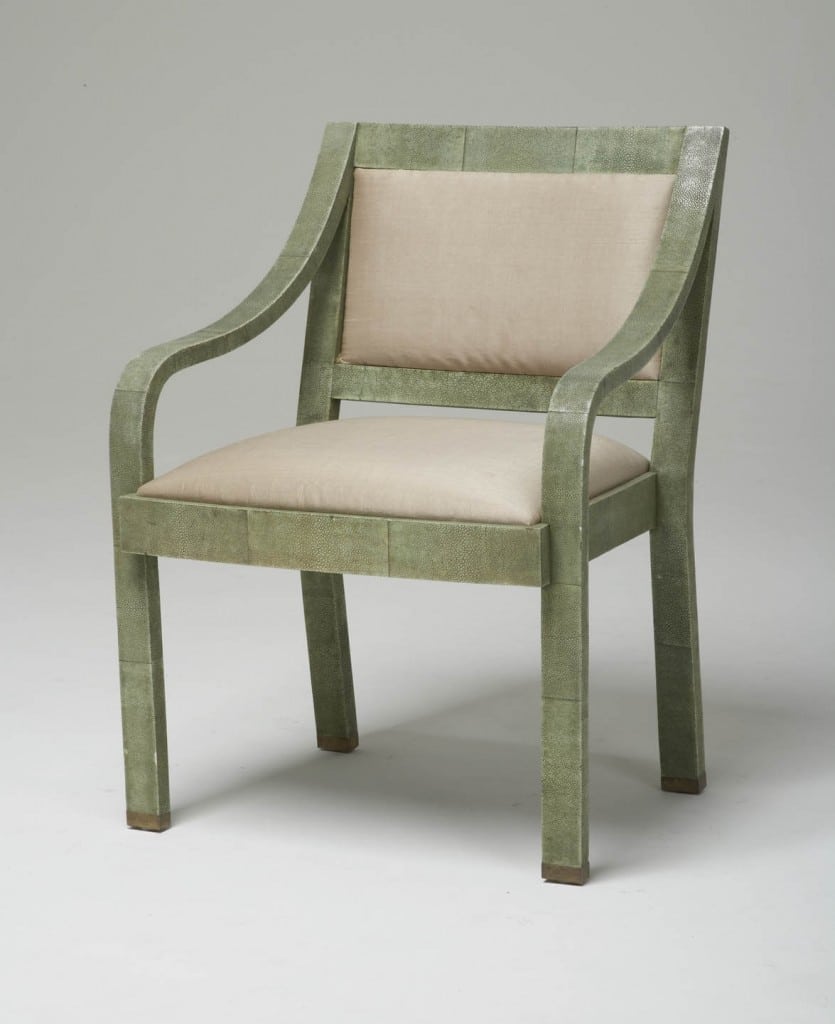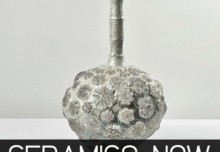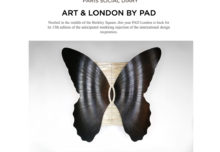Elle Decor
Karl Springer
December, 2016
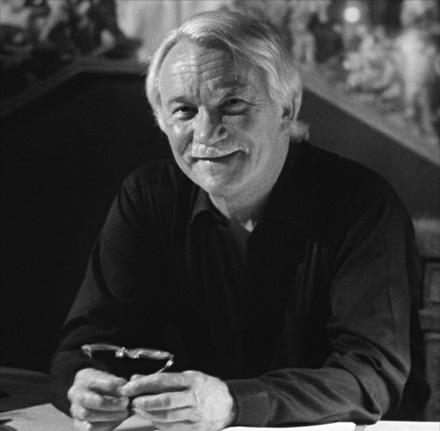
Karl Springer, designer c. 1989
A reissue of the 1970s stainless steel Free Form cocktail table.
Mushroom brass table lamp, a 1980s design reissued by Todd Merrill.
Sculpture bench, a reissued 1970s design.
Chinese Curved Back chair of stainless steel, leather, and Lucite, 1980s.
Polished bronze and glass SculptureLeg side table, a 1971 design, newly reissued.
Shagreen-and-silk Regency armchair, 1980s.
Monumental Goatskin Dining table c.1980
Todd Merrill Studio
80 Lafayette Street
New York NY 10013
Phone: 212 673 0531
80 Lafayette Street
New York NY 10013
Phone: 212 673 0531
Website: www.ToddMerrillStudio.com
E-mail: info@ToddMerrillStudio.com
Instagram: @ToddMerrillStudio
E-mail: info@ToddMerrillStudio.com
Instagram: @ToddMerrillStudio
Todd Merrill Summer Studio
11 South Main Street
Southampton, NY 11968
Phone: 631 259 3601
11 South Main Street
Southampton, NY 11968
Phone: 631 259 3601





